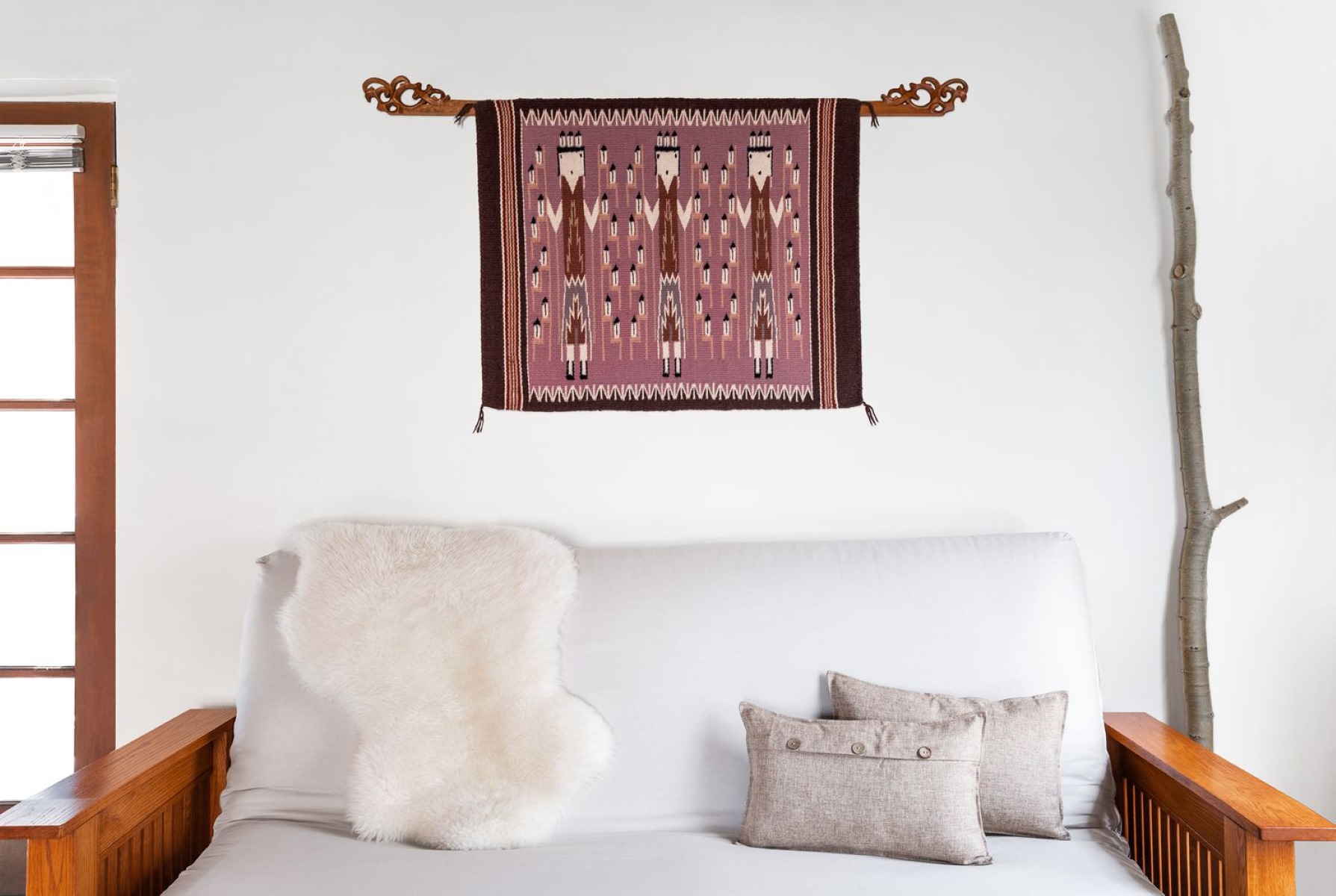

Articles
How To Hang Rugs On Wall
Modified: January 19, 2024
Discover the best techniques for hanging rugs on walls in our informative articles. Transform your space with unique wall decor ideas.
(Many of the links in this article redirect to a specific reviewed product. Your purchase of these products through affiliate links helps to generate commission for Storables.com, at no extra cost. Learn more)
Introduction
Decorating your home with rugs is a great way to add warmth, color, and texture to your space. While rugs are traditionally used on the floor, hanging them on the wall can create a unique and eye-catching display. Whether you want to showcase a special rug, cover a blank wall, or create a focal point in a room, hanging rugs on the wall can be an excellent design choice.
In this article, we will discuss various methods for hanging rugs on the wall, ranging from using rug hangers and rug clips to Velcro strips and curtain rods. We will also provide tips and tricks to ensure that your rugs are properly secured and displayed. So, if you’re ready to elevate your home decor game, let’s dive into the wonderful world of hanging rugs on the wall!
Key Takeaways:
- Elevate your home decor by hanging rugs on the wall using versatile methods like rug hangers, rug clips, Velcro strips, Command hooks, curtain rods, or wall tapestry hangers. Experiment and let your creativity shine for a unique and personalized gallery wall.
- Consider the weight, size, and design of your rugs to ensure proper support and a visually appealing display. Choose the right hanging method and follow tips for successful rug wall decor.
Read more: How To Hang Ladder On Wall
Method 1: Using a Rug Hanger
Using a rug hanger is one of the most straightforward methods for hanging rugs on the wall. Rug hangers are specially designed brackets that hold the weight of the rug and securely display it. Here’s how to use a rug hanger:
- Start by measuring the width of your rug and choose a rug hanger that is slightly shorter than the width of the rug. This will ensure that the hanger doesn’t protrude beyond the edges of the rug when it’s hanging on the wall.
- Position the rug hanger on the wall at your desired height. Ideally, it should be centered and level with the rest of your wall decor.
- Use a drill or screwdriver to attach the rug hanger to the wall. Be sure to follow the manufacturer’s instructions for proper installation. If the hanger has multiple brackets, evenly distribute them along the width of the rug.
- Once the hanger is securely attached to the wall, carefully hang your rug on the hanger. Make sure it is centered and level.
- Step back and admire your newly hung rug!
Rug hangers are available in various styles and materials, such as wood, metal, or plastic. Some hangers have adjustable brackets to accommodate different rug sizes, while others come in specific sizes. Choose a rug hanger that complements your rug and fits seamlessly with your overall decor.
It’s important to note that rug hangers are best suited for lightweight or smaller rugs. If you have a heavier or larger rug, consider using an alternative hanging method for added security.
Method 2: Using Rug Clips
Another popular method for hanging rugs on the wall is by using rug clips. Rug clips are small, clamp-like devices that grip the edges of the rug and secure it to the wall. They provide a simple and effective way to display your rug without the need for additional hardware. Here’s how to use rug clips:
- Start by determining the placement of your rug on the wall. Measure and mark where the rug clips should be positioned.
- Attach the rug clips to the wall by using screws or adhesive. Position them so that the bottom edges of the clips rest just below the top edge of the rug.
- Place your rug over the rug clips. Gently press down on the edges of the rug to secure it in place.
It’s important to ensure that the rug clips are securely fastened to the wall to prevent the rug from becoming loose or falling off. If you’re using adhesive rug clips, make sure to follow the manufacturer’s instructions for proper application.
Rug clips are a versatile option as they can accommodate various rug sizes and thicknesses. They come in different materials, such as metal or plastic, and you can choose a finish that matches your decor. If you want to change the placement or remove the rug, rug clips allow for easy repositioning without leaving any marks or damage on the wall.
However, keep in mind that rug clips may not be suitable for very heavy rugs or if you intend to regularly clean or vacuum the rug. In those cases, consider alternative methods such as rug hangers or adhesive Velcro strips for a more secure and convenient hanging solution.
Method 3: Using Velcro Strips
If you’re looking for a removable and versatile method to hang your rugs on the wall, using Velcro strips is a fantastic option. Velcro strips provide a secure attachment while still allowing you to easily remove or reposition the rug. Here’s how to use Velcro strips to hang your rug:
- Start by measuring the width of your rug and cut Velcro strips accordingly. Use enough strips to cover the entire width of the rug.
- Attach one side of the Velcro strip to the backside of the rug along the top edge. Make sure the sticky side is facing out.
- Next, peel off the backing of the other side of the Velcro strip and press it firmly onto the wall, where you want to hang the rug. Take care to align the strips so that they match up when the rug is placed on the wall.
- Repeat this process with the remaining Velcro strips, evenly spacing them along the width of the rug.
- Once all the Velcro strips are in place, carefully hang the rug on the wall by pressing it firmly against the Velcro strips. Make any adjustments if needed to ensure the rug is straight and aligned.
Velcro strips provide a strong hold, but they also allow for easy removal and repositioning without causing damage to the wall or the rug. They are particularly useful if you like to change your home decor frequently or if you rent and want a non-permanent hanging solution.
Keep in mind that Velcro strips might not be suitable for very heavy or thick rugs, as they may not provide enough support. For such cases, consider using other methods like rug hangers or curtain rods for a more secure hanging option.
Method 4: Using Command Hooks
If you’re looking for a temporary and removable method to hang your rugs on the wall, using Command hooks is a convenient solution. Command hooks are adhesive hooks that can be easily attached to and removed from the wall without causing any damage. Here’s how to use Command hooks to hang your rug:
- Start by cleaning the wall surface where you want to hang the rug. Wipe away any dust or debris to ensure that the Command hooks adhere properly.
- Choose the proper size and weight capacity of Command hooks based on the size and weight of your rug. Command hooks come in various sizes and weight limits, so make sure to select ones that can safely support your rug.
- Remove the adhesive backing of the Command hooks and press them firmly onto the wall where you want to hang the rug. Ensure they are level and evenly spaced.
- Allow the adhesive to set for the recommended time by the manufacturer. This usually takes around 30 minutes to one hour.
- Once the Command hooks are securely attached to the wall, hang the rug by placing it onto the hooks. Ensure that the rug is level and evenly balanced.
Command hooks are a popular choice for hanging lightweight rugs or tapestries. They provide a temporary hanging solution that can be easily removed without leaving any residue or damage on the wall. This makes them ideal for rental homes or for those who frequently change their home decor.
However, it’s important to note that Command hooks have weight limits, so they may not be suitable for heavy rugs. Make sure to check the weight capacity of the hooks and choose a method like rug hangers or curtain rods for heavier rugs or textiles.
Additionally, be cautious when removing Command hooks from the wall, as they can sometimes peel off paint or wallpaper. Follow the manufacturer’s instructions for proper removal to minimize any potential damage.
When hanging a rug on the wall, use a rug hanger or Velcro strips to evenly distribute the weight and prevent damage to the rug. Make sure to measure and mark the placement before hanging.
Read more: How To Hang Grass Wall
Method 5: Using a Curtain Rod
If you’re looking for a versatile and adjustable method to hang your rugs on the wall, using a curtain rod is a great option. Curtain rods provide a sturdy and decorative way to display your rugs and can easily be adjusted to fit different rug sizes. Here’s how to use a curtain rod to hang your rug:
- Select a curtain rod that is wide enough to accommodate the width of your rug. Make sure the rod is sturdy and can support the weight of the rug.
- Install the curtain rod brackets on the wall at the desired height. Use a level to ensure they are straight and evenly spaced.
- Place the curtain rod onto the brackets and adjust its length to match the width of your rug.
- Carefully hang your rug over the curtain rod, making sure it is centered and hanging evenly on both sides.
Using a curtain rod gives you the flexibility to change the size and position of your rug easily. You can experiment with different rug placements or swap out rugs as you please, creating a dynamic and interchangeable display on your wall.
When using a curtain rod to hang a rug, it’s essential to choose a rod that can support the weight of the rug. Heavy or thick rugs might require a more substantial curtain rod or additional support brackets to prevent sagging or damage to the rod. Be sure to consider the weight and size of your rug before selecting your curtain rod.
Curtain rods also offer the opportunity to add a decorative touch to your rug display. Opt for a stylish rod design and complementing finials to enhance the overall aesthetic of your wall decor.
Overall, using a curtain rod to hang your rug provides a versatile and visually appealing solution that allows you to easily swap out rugs and create a customized display on your wall.
Method 6: Using a Wall Tapestry Hanger
If you have a large or intricate rug that you want to hang on the wall, using a wall tapestry hanger is an excellent option. Wall tapestry hangers are specifically designed to support the weight of heavier textiles and provide a secure and elegant display. Here’s how to use a wall tapestry hanger:
- Start by measuring the width of your rug and select a wall tapestry hanger that matches or slightly exceeds the width of your rug. You want to ensure that the hanger can support the weight and size of your rug.
- Position the wall tapestry hanger on the wall at the desired height. Use a level to ensure it is straight and centered.
- Securely attach the wall tapestry hanger to the wall according to the manufacturer’s instructions. This typically involves using screws or brackets to ensure stability.
- Carefully hang your rug on the wall tapestry hanger, aligning the top edge of the rug with the top edge of the hanger.
- Double-check that the rug is straight and evenly positioned.
Wall tapestry hangers are designed to distribute the weight of the rug evenly across the hanger, ensuring the rug remains securely fastened to the wall. They often feature decorative elements, such as ornate finials or detailed scrollwork, which can enhance the visual appeal of your rug display.
When using a wall tapestry hanger, it’s vital to choose a hanger that can support the weight of your rug. Heavier rugs may require additional support, such as extra brackets or hooks, to maintain stability. Be sure to follow the manufacturer’s guidelines and recommendations for proper installation.
Wall tapestry hangers offer a sophisticated and professional-looking display for your rugs. They are ideal for showcasing large or valuable rugs, as well as adding an artistic focal point to your wall decor.
Remember to handle your rug with care when installing it on a wall tapestry hanger. Avoid excessive pulling or tugging to prevent any damage to the rug fibers or the hanger itself.
By using a wall tapestry hanger, you can create an impressive and visually striking display of your cherished rugs on the wall.
Tips and Tricks for Hanging Rugs on the Wall
When it comes to hanging rugs on the wall, there are a few tips and tricks that can help you achieve the best results. Whether you’re a beginner or have experience with wall decor, consider the following tips to ensure a successful and visually appealing rug display:
- Choose the right hanging method: Select a hanging method that suits the weight, size, and type of rug you want to hang. Consider using rug hangers for lightweight rugs, rug clips for smaller rugs, Velcro strips for convenience, curtain rods for versatility, and wall tapestry hangers for heavier or larger rugs.
- Measure and plan: Take accurate measurements of your rug and the wall space where you want to hang it. This will help you determine the appropriate size of the hanging hardware and ensure that the rug is centered and level once it’s on the wall.
- Ensure proper wall preparation: Clean the wall surface thoroughly before attaching any hanging hardware. Remove any dust, dirt, or debris to ensure a strong adhesive bond or secure attachment.
- Consider the rug’s orientation: Decide whether you want to hang your rug vertically or horizontally. Consider the design and pattern of the rug and how it will look best on the wall.
- Secure the rug properly: Make sure that the rug is securely attached to the wall to prevent it from falling or sagging. Use additional support brackets, hooks, or fasteners if necessary.
- Take precautions for heavier rugs: If you’re hanging a heavier rug, consider using additional support or consulting with a professional if needed. Be cautious to avoid damage to the rug or wall.
- Regularly check and adjust: Periodically check the rug display to ensure it remains straight and level. Over time, rugs can shift or loosen, so readjust as necessary to maintain an attractive display.
- Consider lighting: Install proper lighting to highlight your rug display. Use spotlights or track lighting to draw attention to the rug and create a focal point on the wall.
- Experiment and have fun: Don’t be afraid to experiment with different rug placements, arrangements, or even mixing different rugs on the wall. Have fun and let your creativity shine!
By following these tips and tricks, you can ensure a successful and visually appealing display of your rugs on the wall. Remember to always consider the weight, size, and type of rug when choosing a hanging method, and pay attention to the details to create a stunning focal point in your home.
Conclusion
Hanging rugs on the wall is a creative and unique way to elevate your home decor and showcase your personal style. Whether you choose to use a rug hanger, rug clips, Velcro strips, Command hooks, a curtain rod, or a wall tapestry hanger, there are methods available to suit your specific needs and the characteristics of your rugs.
When hanging rugs on the wall, it’s important to consider the weight, size, and design of your rugs to ensure proper support and a visually appealing display. Additionally, take the time to measure, plan, and prepare the wall surface before attaching any hanging hardware to achieve the best results.
Remember, there are no hard and fast rules when it comes to hanging rugs on the wall. Feel free to experiment and let your creativity shine. Mix and match different rug colors, textures, and patterns to create a unique and personalized gallery wall.
Whether you’re displaying a special rug, covering a blank wall, or creating a focal point in a room, hanging rugs on the wall adds warmth, texture, and character to your space. It’s a simple yet effective way to transform your home and make a statement.
So go ahead and explore the various methods outlined in this article. Choose the one that best suits your needs and enjoy the process of transforming your walls into works of art with the beauty and charm of hanging rugs.
Frequently Asked Questions about How To Hang Rugs On Wall
Was this page helpful?
At Storables.com, we guarantee accurate and reliable information. Our content, validated by Expert Board Contributors, is crafted following stringent Editorial Policies. We're committed to providing you with well-researched, expert-backed insights for all your informational needs.



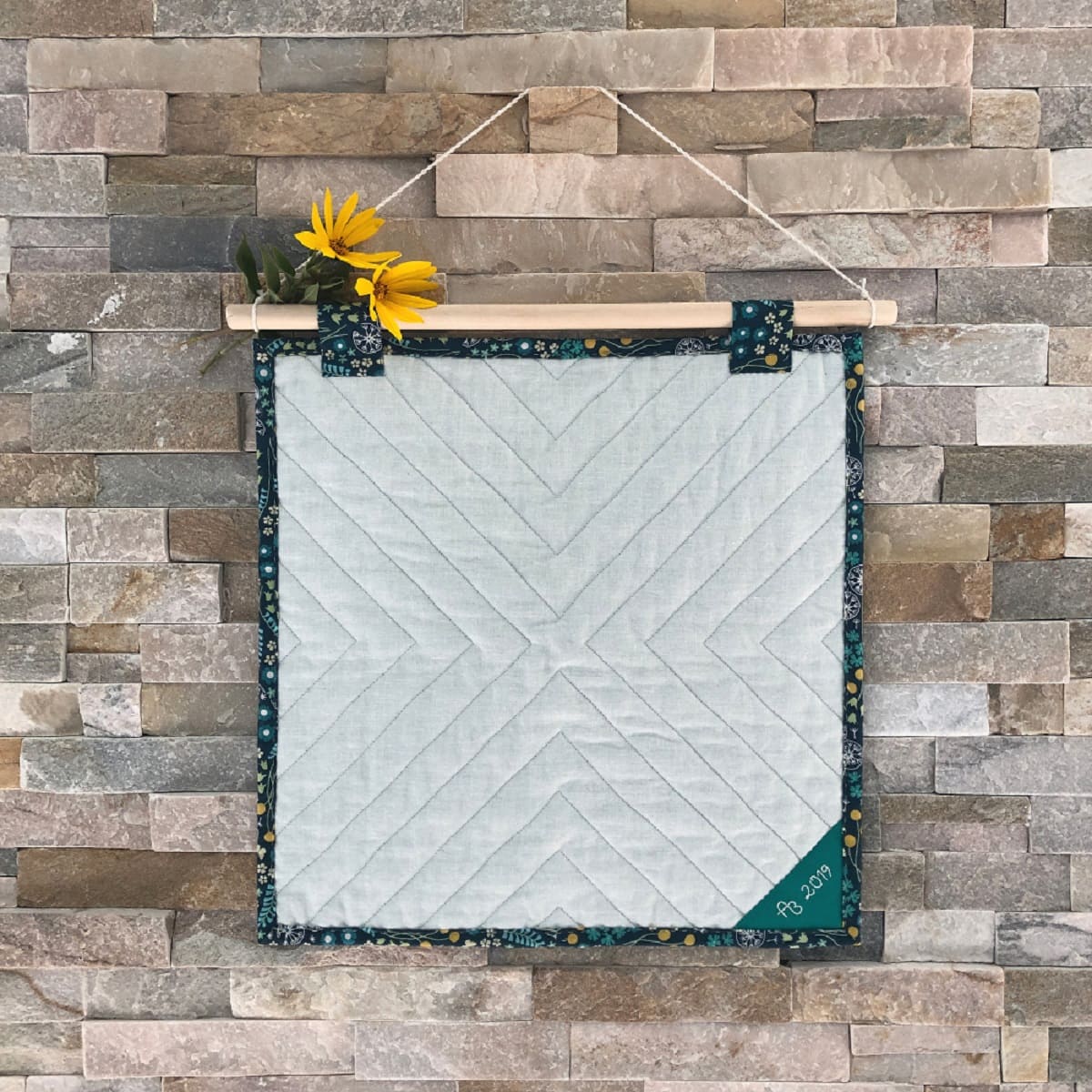
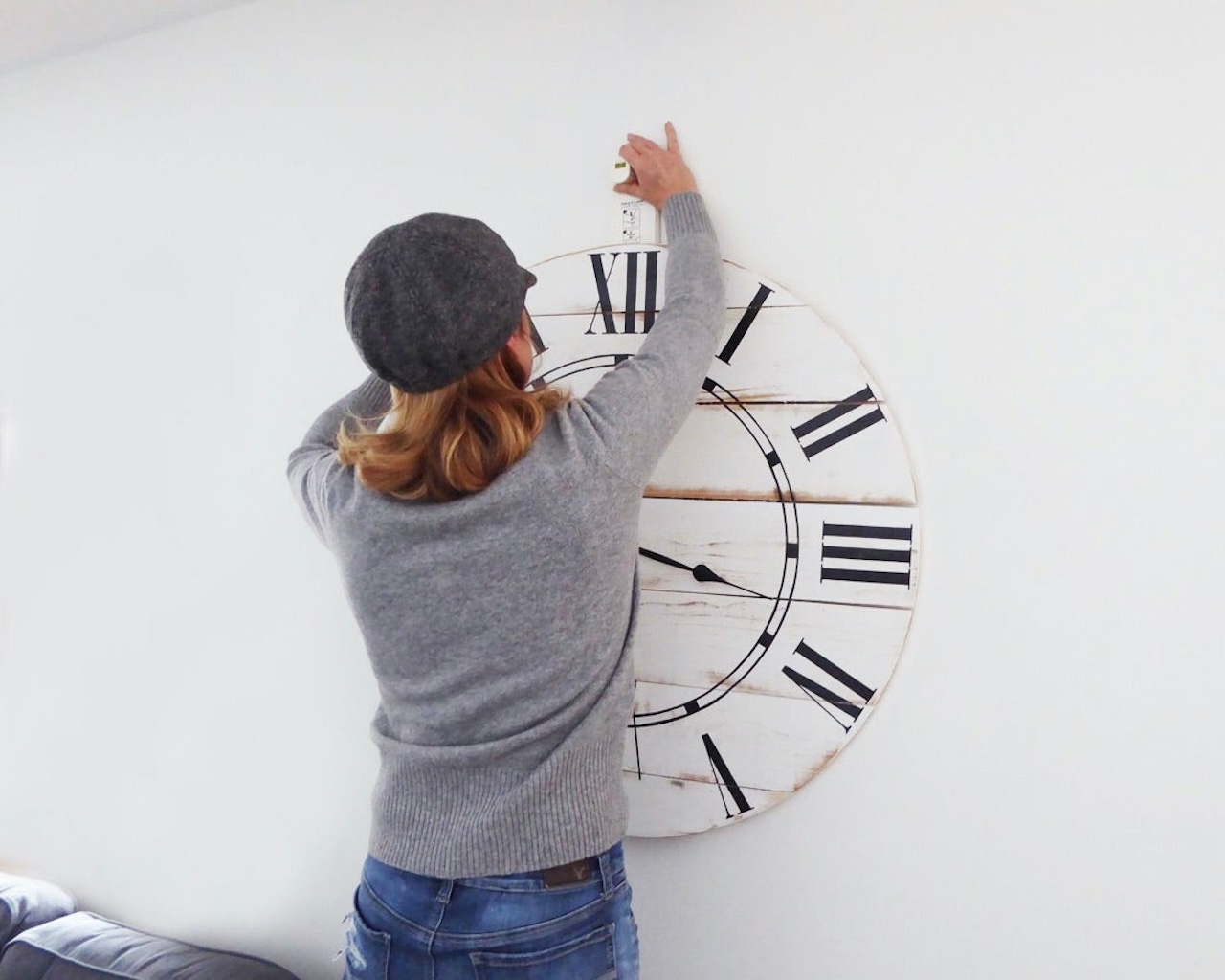
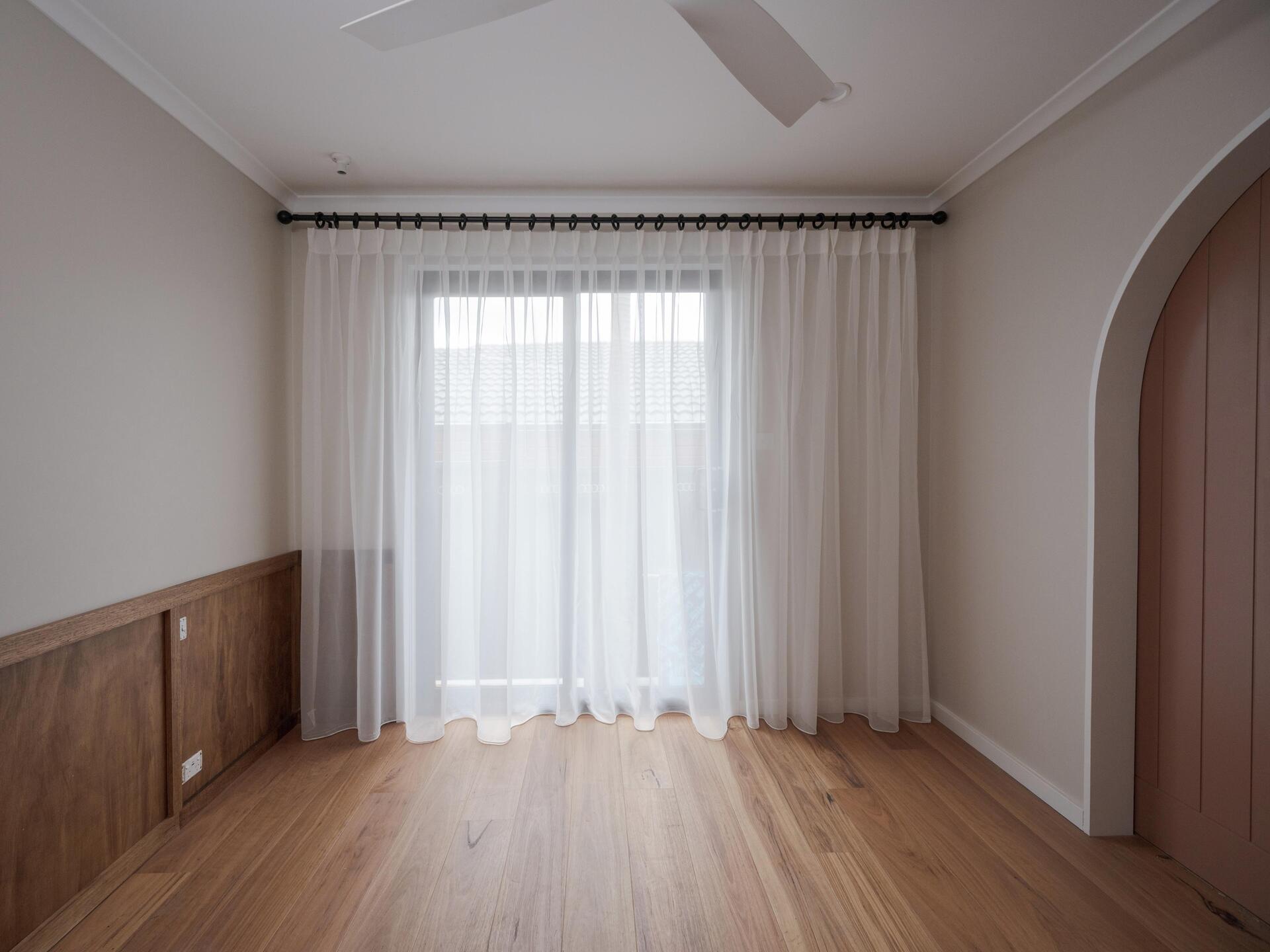
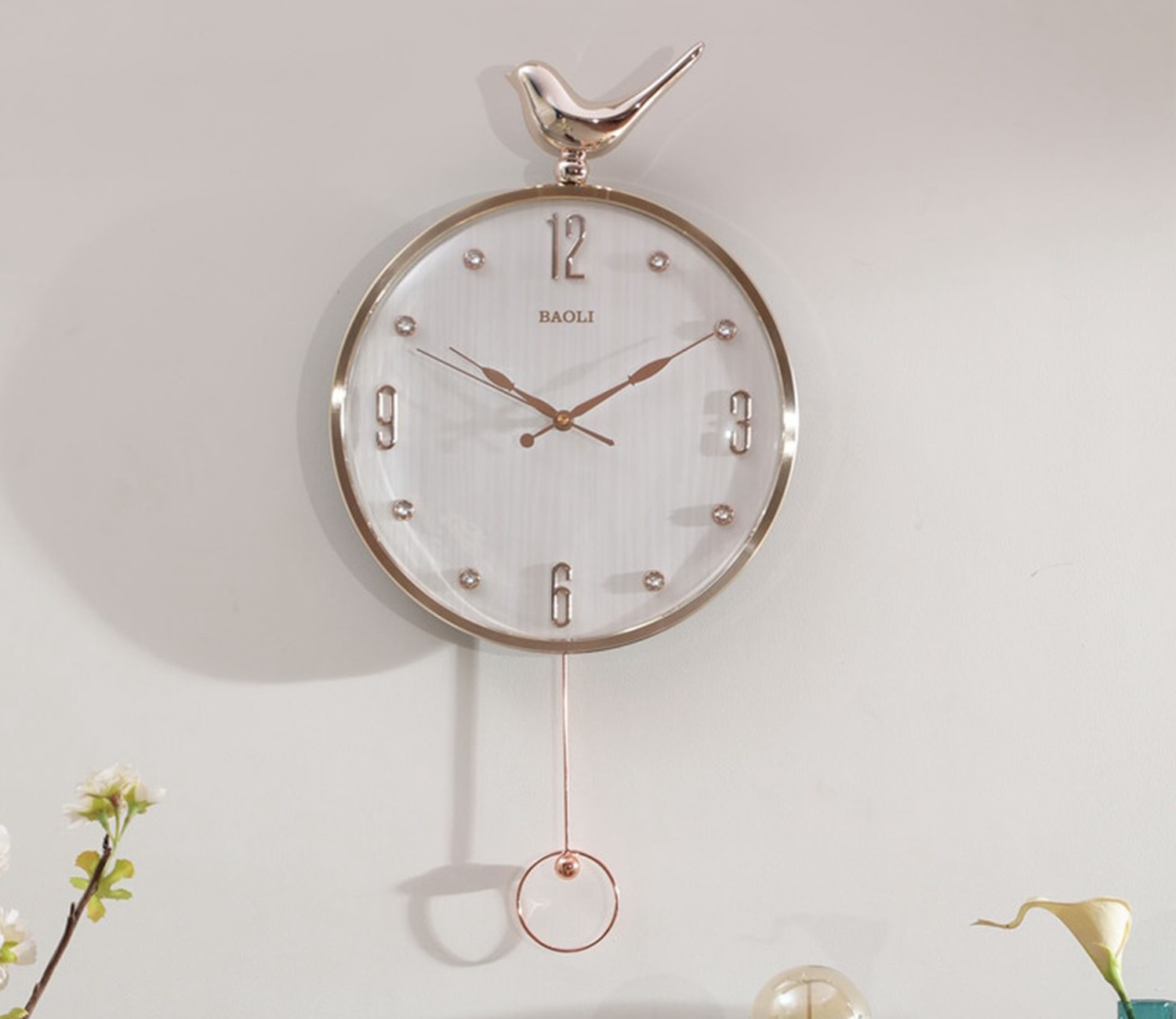
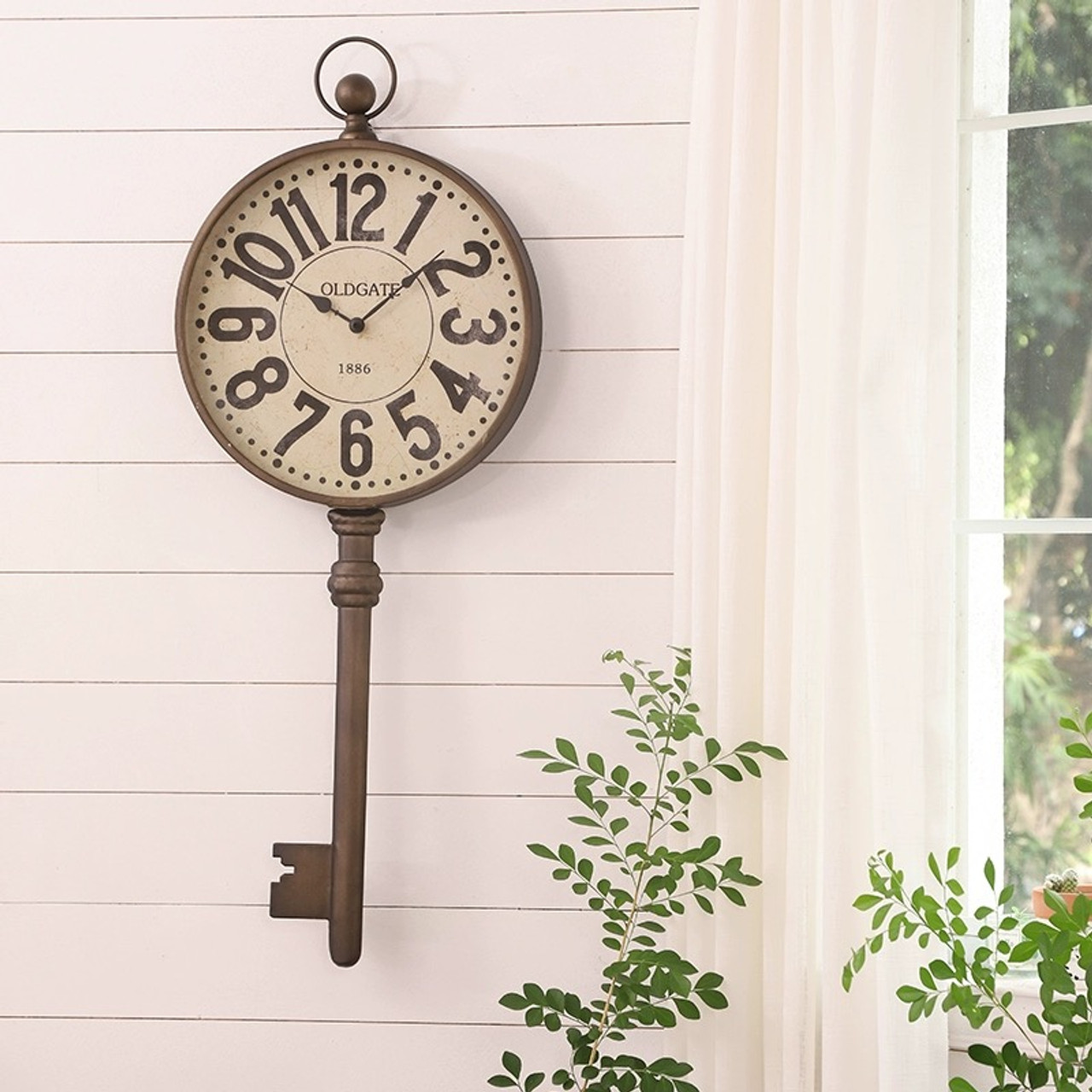
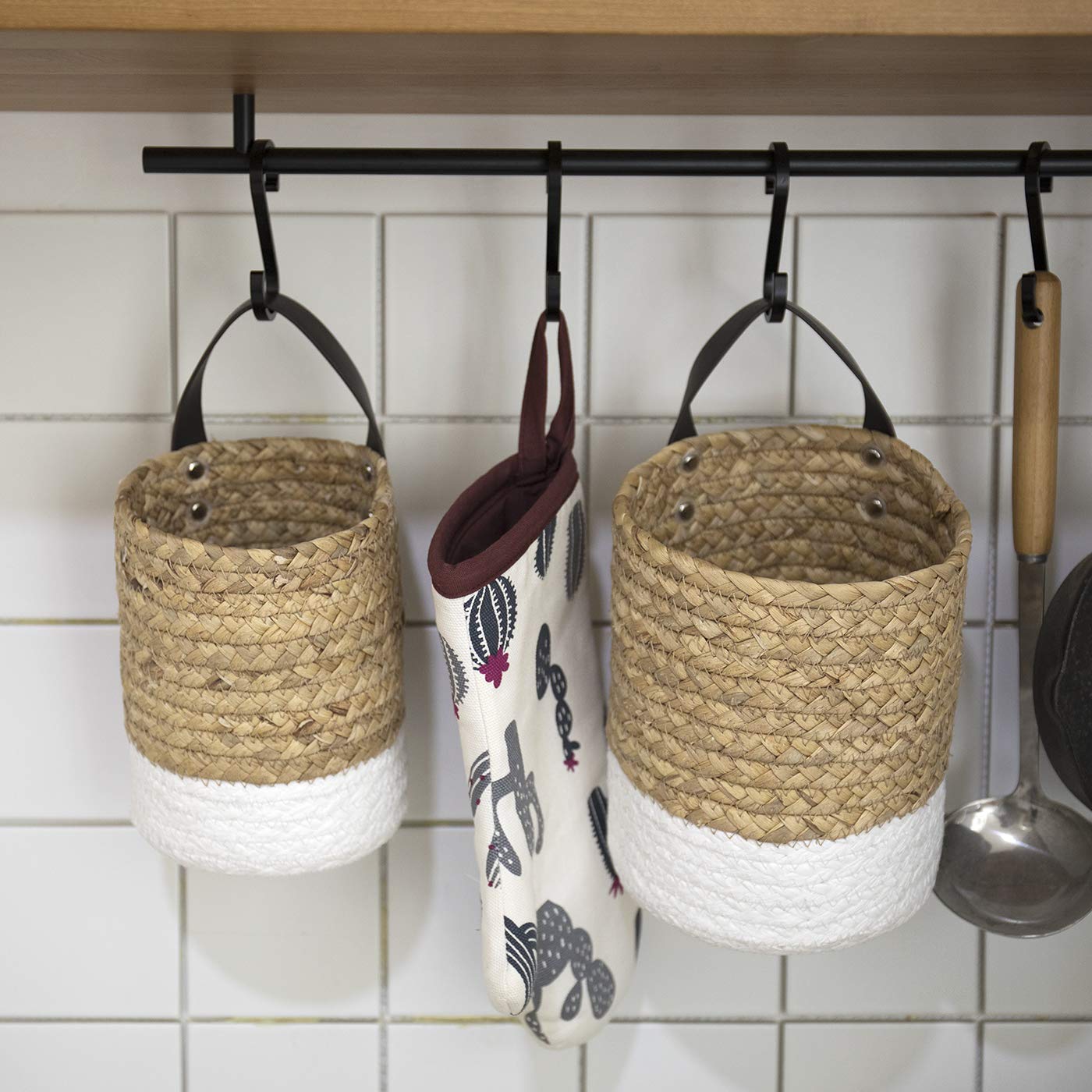
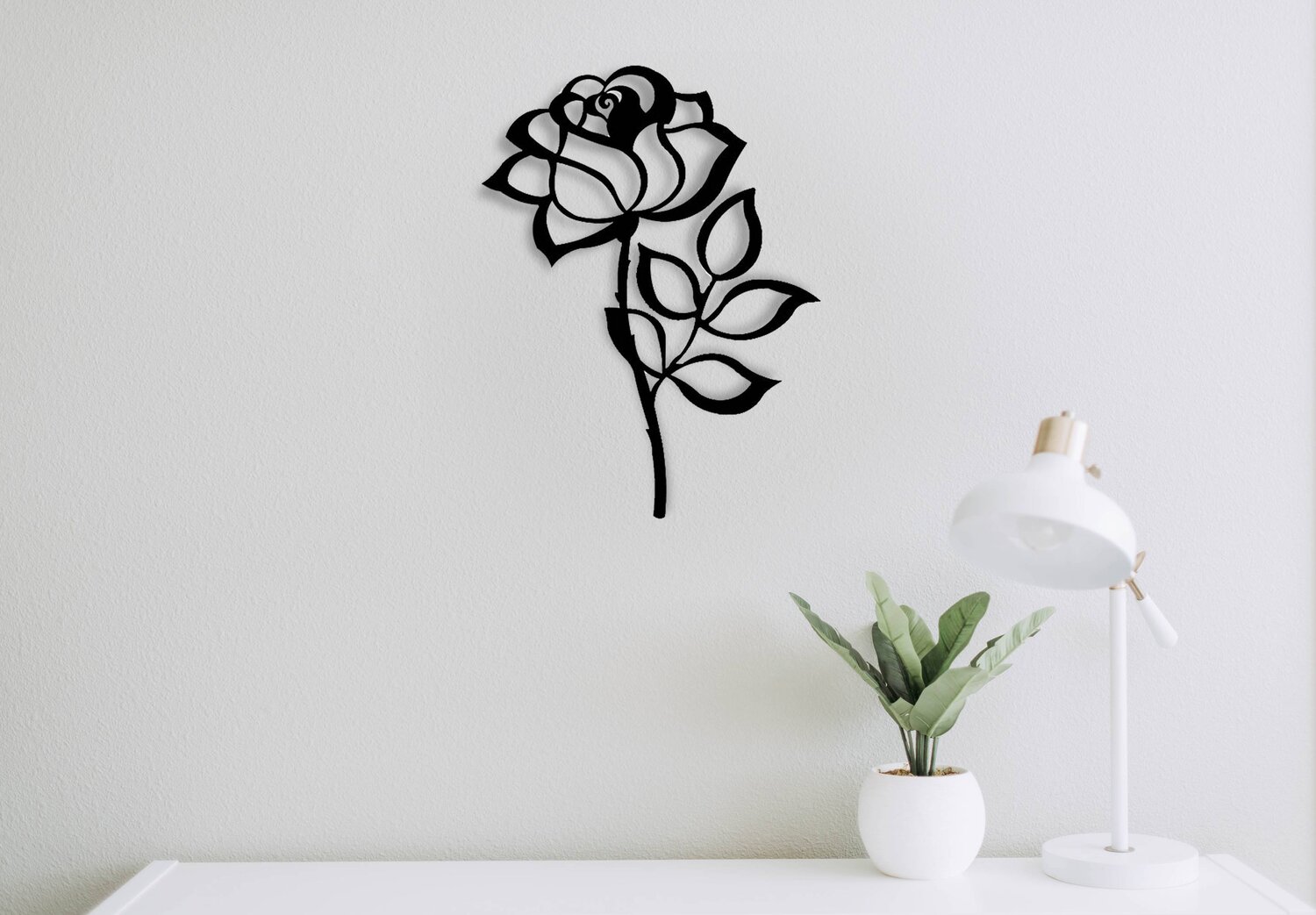

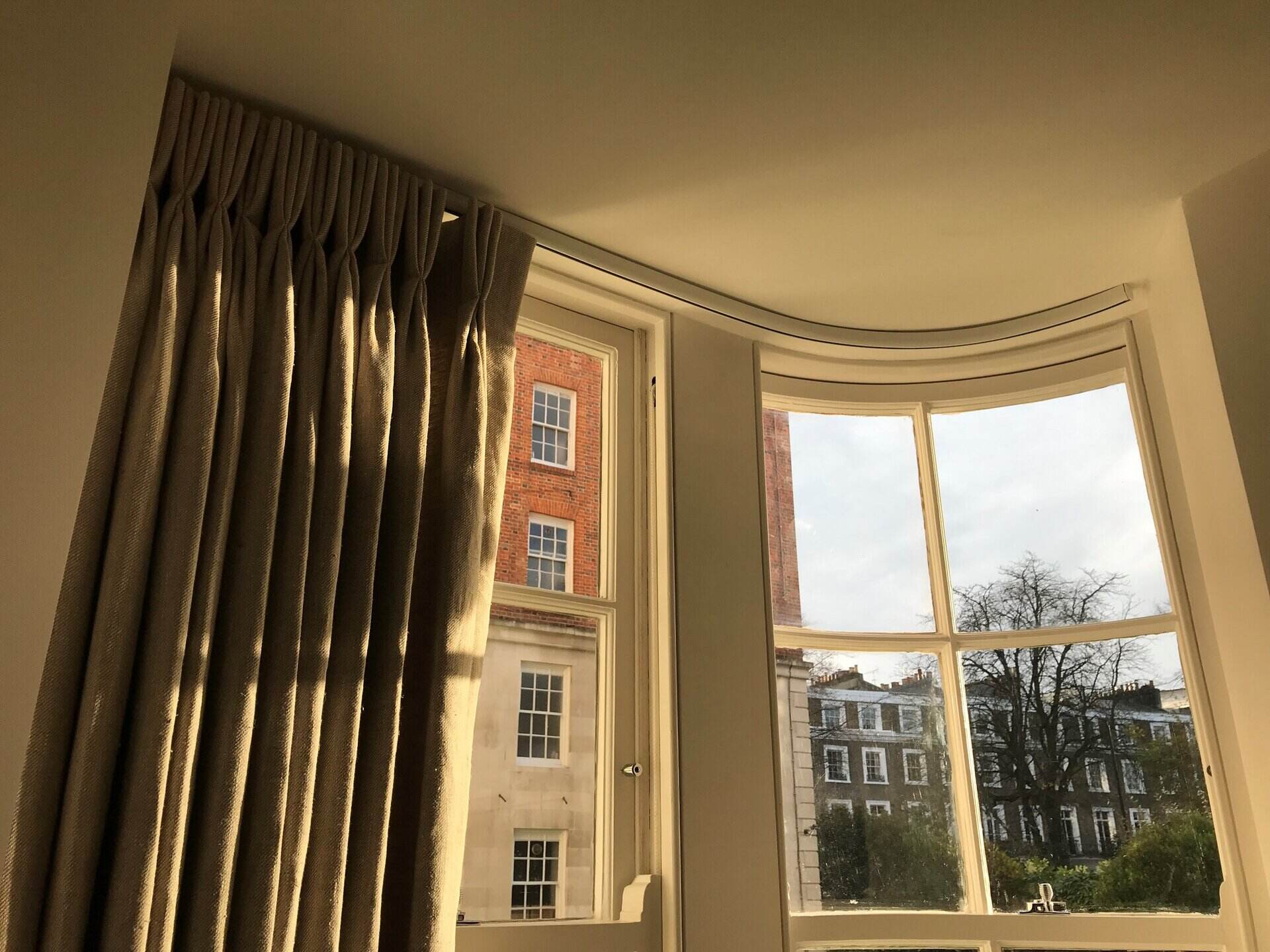
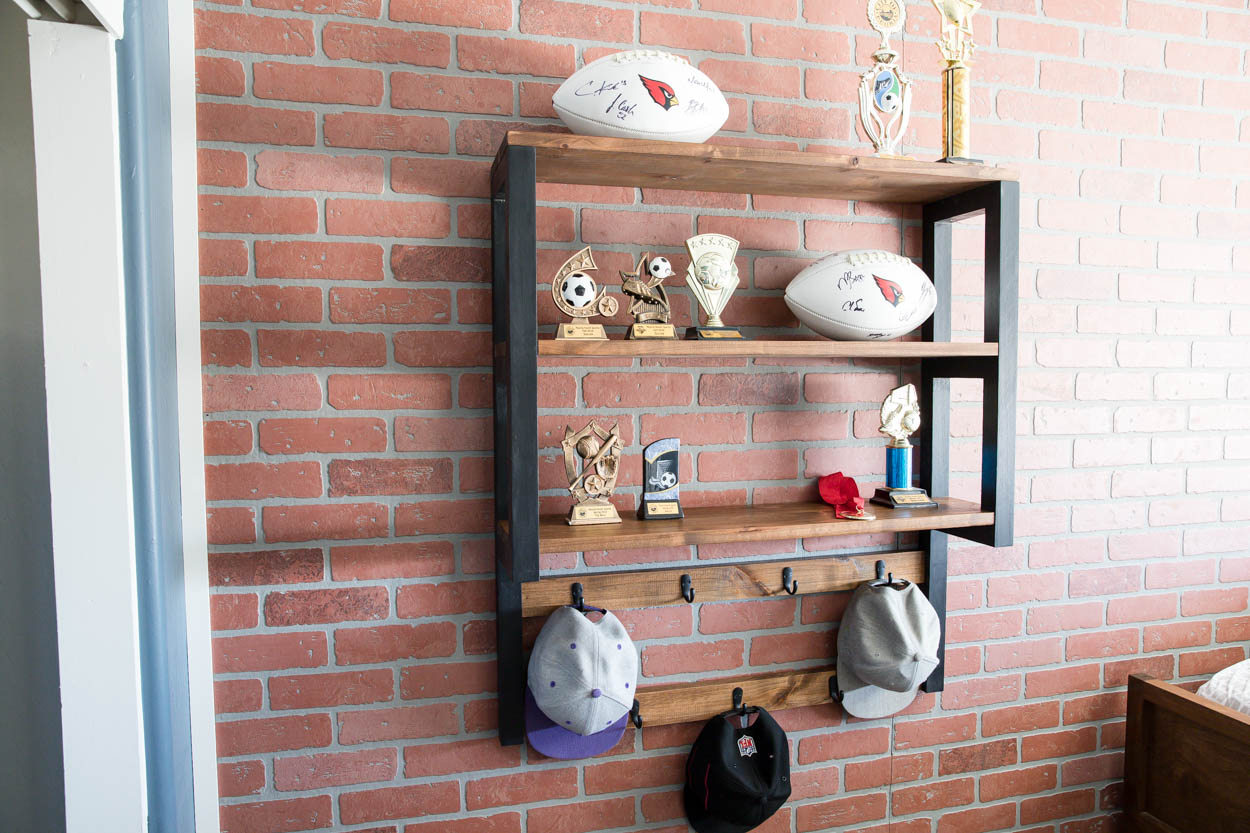
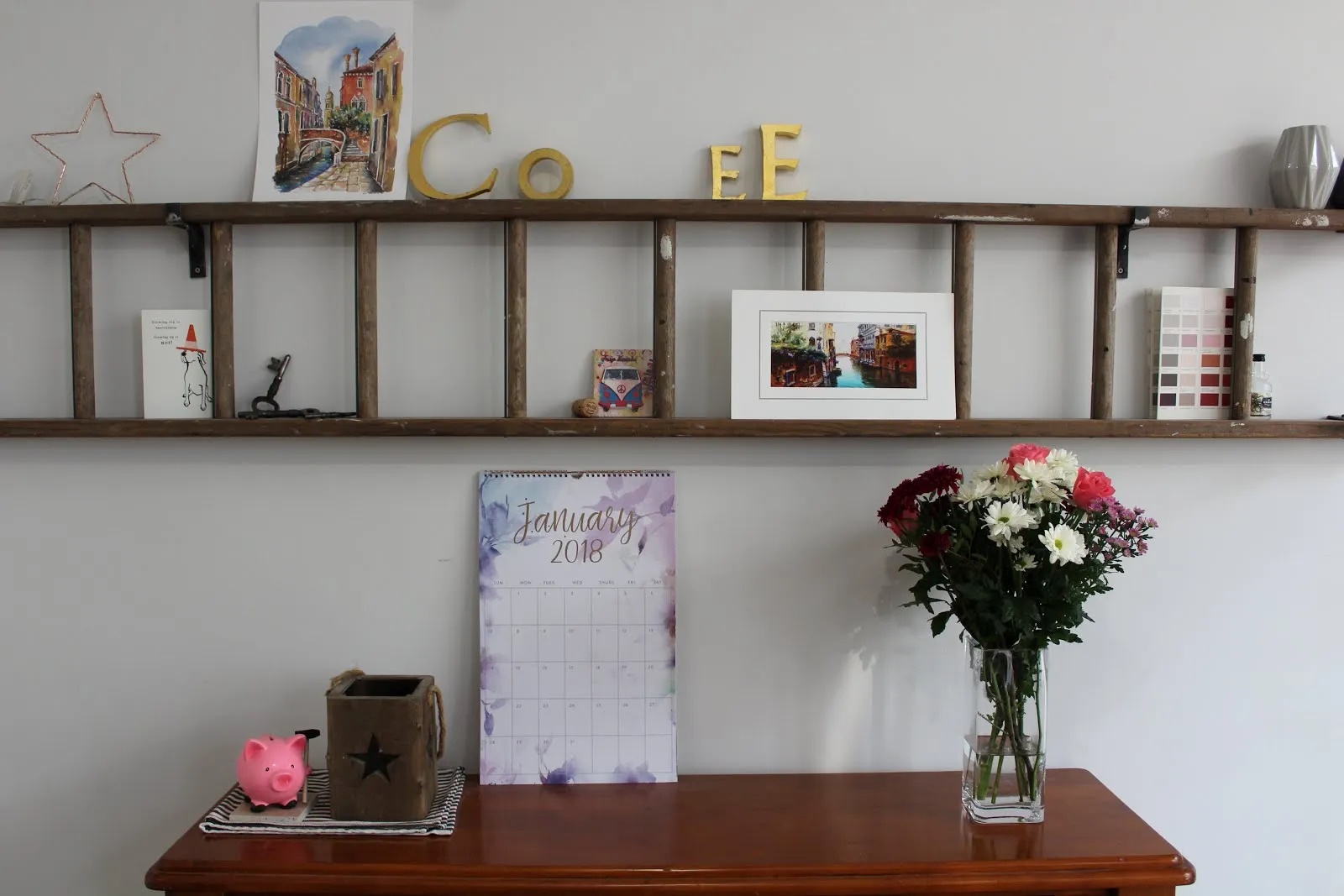

0 thoughts on “How To Hang Rugs On Wall”